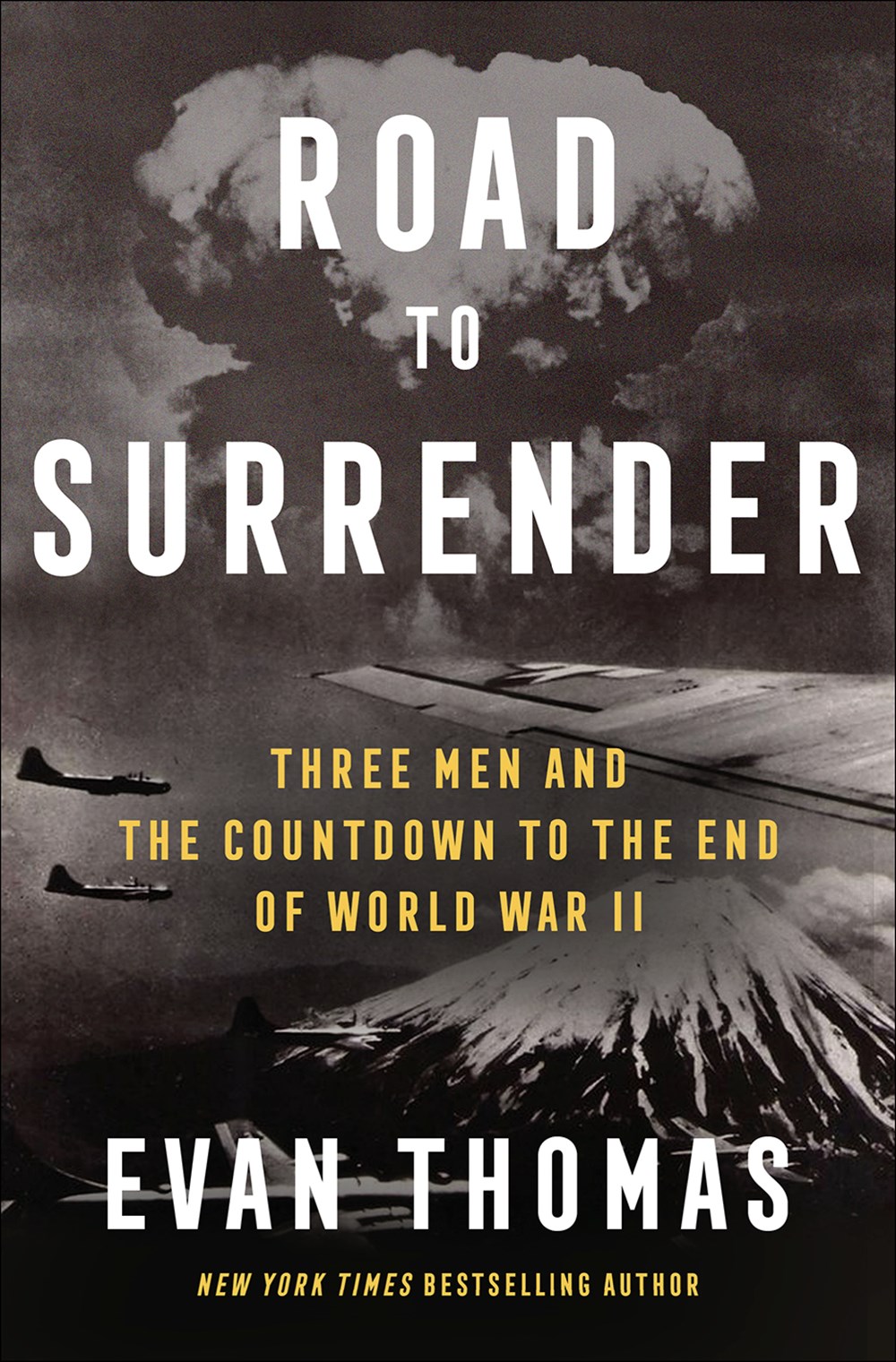“The idea of America that we celebrate today—the one against which we constantly test an imperfect reality—dates not from 1776 or 1787 but from 1865,” writes historian and philosopher Matthew Stewart. With a combination of in-depth scholarship and beautiful writing, An Emancipation of the Mind: Radical Philosophy, the War Over Slavery, and the Refounding of America shows how Enlightenment-era visions of freedom, reason, justice and humanism inspired Frederick Douglass, Abraham Lincoln and prominent abolitionist and Unitarian minister Theodore Parker. With others, they helped to bring about a “refounding” of the country.
Stewart stresses that for the three men, “philosophy was an indispensable guide on the road to emancipation. They turned to reason because, as they understood it, reason is the great enemy of unreasonable distributions of wealth.” They had their work cut out for them. By the mid-19th century, Stewart writes, slavery had undergone a “colossal transformation” that was “grander in scope, more calculated in its cruelty, and far more deeply integrated in the political economy of the new republic.” The country so relied on slavery that the “factories of New England and old England alike were scarcely conceivable without the produce of enslaved people in the American South.” Slavery gave rise to an oligarchy that not only developed a racial caste system, but also became a fundamental ill of American history, relying on the appearance of democracy to achieve undemocratic ends.
The story of abolitionists, writes Stewart, “is about an emancipation of the mind as much as of the body.” Stewart not only dives into the work of Douglass, Lincoln and Parker, but also profiles little-known figures who played important roles—some as thinkers from abroad, others as activists in the U.S.—in opposing slavery, and paints an inspiring portrait of those who wanted to “make the world anew.” Anyone interested in American history or real-life applications of philosophy should find this splendid narrative eye-opening and thought-provoking.


















